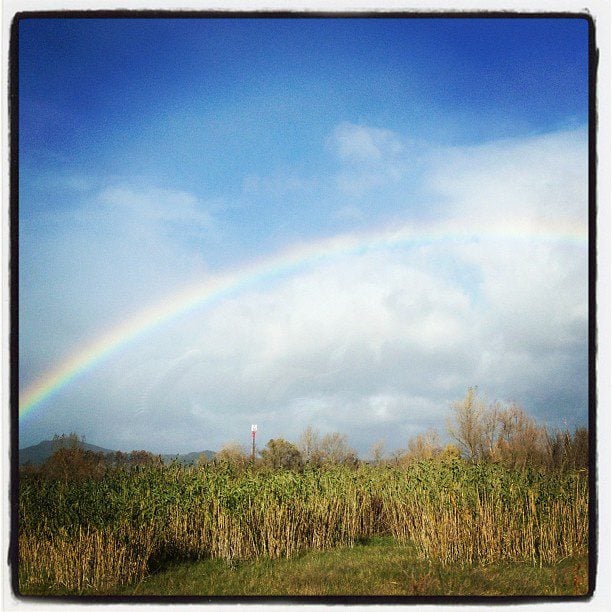We'd do well to remember that such inspiration may vary widely, and that while agreement isn't required between sisters, charity is. Former Secretary of State Madeleine Albright declares, "There is a special place in hell for women who do not help other women." And certainly, if we don't respect each other, nobody else will. The motto for Exponent II -- Am I not a woman and a sister? -- reminds us that every Mormon woman's personal experience is legitimate, even if it's very different from our own. And these differences may hold increasing value in generations to come. To stay strong in the faith, our increasingly diverse young women need to see as many vibrant versions of Mormon womanhood as possible; they need to see evidence that the sisterhood has room for them.
For these reasons, I'm excited by the upsurge of energy among Mormon women who care about gender issues. I don't hear any twanging guitars or zealous prophecies about the future being female, but I do hear promising dialogue, and I'm pleased to see a cooperative effort forming among the leaders of several organizations to discuss Mormon women's identity in an atmosphere of mutual respect and goodwill.[11] "It's a good time to be a Mormon feminist," says Joanna Brooks. I would add that it's a good time to stop worrying so much about who's a feminist and who's not, and instead focus on how women who care about gender issues can better cooperate by emphasizing similarities and respecting differences. Like feminism, sisterhood is a conversation. Our common faith won't preclude disagreement, but it will provide the motivation needed for the conversation to continue -- and, I trust, the inspiration needed for it to flourish.
Endnotes:
[1] Previous waves include the fight for women's suffrage in the late 1800s, the ERA battles of the 1980s, and most recently, the Mormon feminist intellectual and theological controversies of the 1990s, which peaked during my time at BYU.
[2] The Salt Lake Tribune ran stories about Exponent II and about the resurgence in general. And the "Future of Mormonism" series on Patheos.com included a post titled "The Next Generation of Mormon Feminism."
[3] I'm not saying that all feminists are, or should be, strident activists. But whether publicly or privately, whether in ordinary or extraordinary ways, a feminist does what she can to address gender issues that come to her attention.
[4] Targets of change may include everything from social constructs like the family to religious institutions to (in the case of Marxist and socialist feminism) entire systems of government.
[5] Nora Ephron says no. Many (but not all) feminists would agree that one's position on abortion rights is a litmus test for feminism -- not because feminists must approve of abortion, but because they must disapprove of a male-dominated government having legal control over a woman's reproductive life.
[6] Since social change tends to be a product of compromise, the feminist figures we criticize as extremists are often instruments of moderate changes we readily approve (sooner or later).
[7] It could even be argued that since marriage was not a choice but a necessity, and since sexual relations in marriage were likewise a necessity, women were compromised in their ability to direct their own sexual behavior, and thus were compromised in their practice of virtue and chastity. Bertrand Russell made this chilling observation of women's status at the turn of the 20th century: "Marriage is for women the commonest mode of livelihood, and the total amount of undesired sex endured by women is probably greater in marriage than in prostitution."
[8] e.g., when Mormon feminists in the ‘80s hired an airplane to fly a banner (Mother in Heaven loves the ERA!) over the Rose Bowl stadium during Spencer W. Kimball's address.
[9] To be fair, this antagonistic post is not representative of typical content on the Exponent Blog. For a more accurate snapshot, see these posts abou posts about the role of faithful feminists and how feminists can contribute to the Church.




